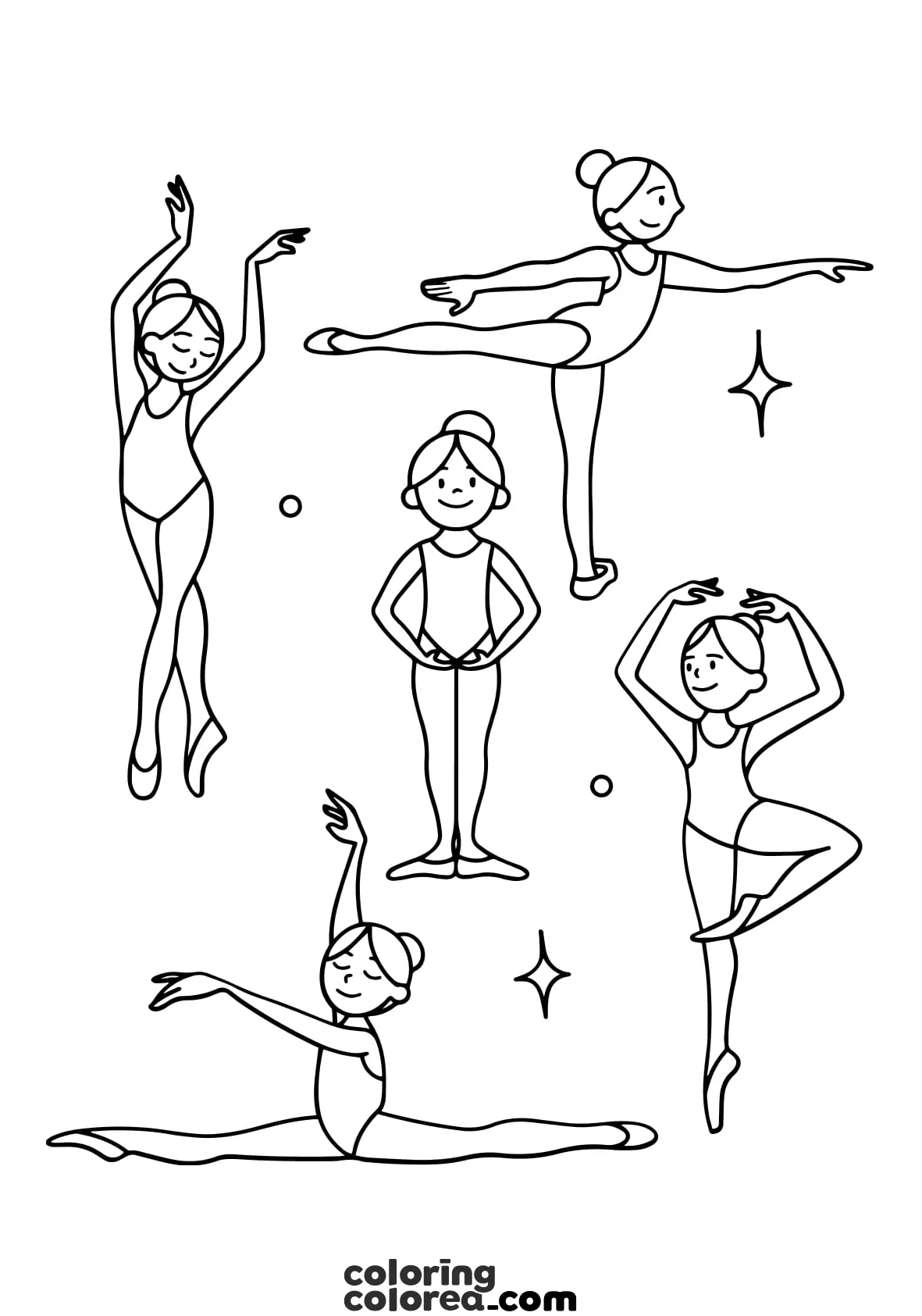Dancing is one of the oldest forms of human expression. People can tell stories, celebrate traditions, or have fun through movements, rhythms, and steps. This collection of coloring pages explores various dance styles, from classical ballet to vibrant urban dances. Each image invites you to discover the elegance of movements, the energy of spins, and the creativity behind every choreography.







Dance has existed since prehistoric times, when early humans mimicked nature’s movements. Over time, each culture developed its own styles and ceremonies. From tribal dances to European ballets, dance has always been a universal language.
Coloring dance scenes allows you to imagine those historical moments: traditional costumes, magical stages, and musical instruments that accompanied each performance. It’s a chance to learn about cultures and eras while practicing color combinations.
Movements and Rhythms
Each type of dance has its own characteristic movements. Tango is recognized for its elegant and close steps, while hip-hop stands out for fast jumps and surprising spins. Drawings can show figures in action, like a dancer leaping in the air or a ballerina spinning on pointe.
To bring these scenes to life, bright colors can represent energetic movements, while softer tones suit classical dances. It’s fun to experiment with color combinations while exploring different rhythms.
Costumes and Accessories
Costumes are key in dance, reflecting the style and character of each performance. Ballet tutus, flamenco skirts, and tango outfits have unique designs and patterns. Coloring allows kids to create new combinations, enhancing their creativity and sense of design.
Accessories like hats, fans, or ribbons can add interesting details. A drawing of a dancer with an open fan offers the chance to experiment with gradients and textures, creating striking visual effects.
Stages and Lighting
The stage is another essential element. It can represent an elegant theatre, an urban dance floor, or an outdoor festival. These backgrounds give context to the scene and provide practice in techniques like shading and reflections.
Adding lighting effects or spotlights in the drawings can highlight the dancers and create a sense of movement. It’s an opportunity to learn about depth and contrast in art.

